Those Barren Leaves, Aldous Huxley [best ereader for textbooks .txt] 📗
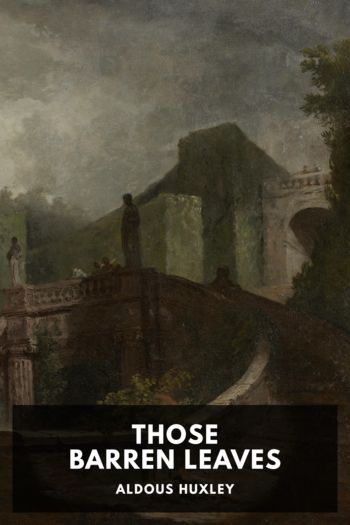
- Author: Aldous Huxley
Book online «Those Barren Leaves, Aldous Huxley [best ereader for textbooks .txt] 📗». Author Aldous Huxley
They were at the top of the hill. Emerging from the sloping forest of olive trees, the road now ran along a bare and almost level ridge. Some little way off, where the ground began to rise once more towards further heights, one could see a cluster of houses and a church tower. Mr. Cardan pointed.
“There,” he said, “we shall find out what the butcher’s boy really did mean. But in the meantime it’s amusing to go on speculating. For example, suppose it were a chunk of a bas-relief designed by Giotto. Eh? Something so grand, so spiritually and materially beautiful that you could fall down and worship it. But I’d be very well pleased, I assure you, with a bit of a sarcophagus from the earliest renaissance. Some figure marvellously bright, ethereal and pure, like an angel, but an angel, not of the kingdom of heaven; an angel of some splendid and, alas, imaginary kingdom of earth. Ah,” pursued Mr. Cardan, shaking his head, “that’s the kingdom one would like to live in—the kingdom of ancient Greece, purged of every historical Greek that ever existed, and colonized out of the imaginations of modern artists, scholars and philosophers. In such a world one might live positively, so to speak—live with the stream, in the direction of the main current—not negatively, as one has to now, in reaction against the general trend of existence.”
Positive and negative living. Miss Thriplow made a mental note of the notions. It might be an idea to work up in an article. It might even throw light on her own problems. Perhaps what one suffered from was the sense of being negative and in reaction. More positiveness—that was what one needed. The conversation, she thought, seemed to be growing more serious. They walked on for a moment in silence. Mr. Cardan broke it at last.
“Or can it possibly be,” he said, “that the grocer’s brother has lighted on some fragmentary rough-hewing by Michelangelo, begun in a frenzy while he was living among these mountains and abandoned when he left them? Some tormented Slave, struggling to free himself more of his inward than his outward chains; straining with more than human violence, but at the same time pensively, with a passion concentrated upon itself instead of explosively dissipated, as in the baroque, which all too fatally and easily developed out of him? And after all our hopes and speculations, that’s what my treasure will probably resolve itself into—a bit of seventeenth-century baroque. I picture the torso of a waltzing angel in the middle of a whirlwind of draperies turning up to heaven the ecstatic eye of the clergyman in a Lyceum melodrama; or perhaps a Bacchus, dancing by a miracle of virtuosity on one marble leg, his mouth open in a tipsy laugh and the fingers of both hands splayed out to their fullest extent, just to show what can be done by a sculptor who knows his business; or the bust of a prince, prodigiously alive and characteristic, wearing a collar of Brussels lace imitated in stone down to the finest thread. The butcher’s boy kept on insisting that the thing was very beautiful as well as very old. And it’s obvious, now I come to think of it, that he’d really and sincerely like baroque and baroque only, just because it would be so familiar to him, because it would be just like everything he had been brought up to admire. For by some strange and malignant fate the Italians, once arrived at baroque, seem to have got stuck there. They are still up to the eyes in it. Consider their literature, their modern painting and architecture, their music—it’s all baroque. It gesticulates rhetorically, it struts across stages, it sobs and bawls in its efforts to show you how passionate it is. In the midst, like a huge great Jesuit church, stands d’Annunzio.”
“I should have thought,” said Miss Thriplow with barbed ingenuousness, “that you’d have liked that sort of elaboration and virtuosity. It’s ‘amusing’—isn’t that the word?”
“True,” answered Mr. Cardan, “I like being amused. But I demand from my art the added luxury of being moved. And, somehow, one can’t feel emotion about anything so furiously and consciously emotional as these baroque things. It’s not by making wild and passionate gestures that an artist can awake emotion in the spectator. It isn’t done that way. These seventeenth-century Italians tried to express passion by making use of passionate gestures. They only succeeded in producing something that either leaves us cold—though it may, as you say, amuse us—or which actually makes us laugh. Art which is to move its contemplator must itself be still; it is almost an aesthetic law. Passion must never be allowed to dissipate itself in wild splashings and boilings over. It must be shut up, so to speak, and compressed and moulded by the intellect. Concentrated within a calm, untroubled form, its strength will irresistibly move. Styles that protest too much are not fit for serious, tragical use. They are by nature suited to comedy, whose essence is exaggeration. That is why good romantic art is so rare. Romanticism, of which the seventeenth-century baroque style is a queer subspecies, makes violent gestures; it relies on violent contrasts of light and shade, on stage effects; it is ambitious to present you with emotion in the raw and palpitating
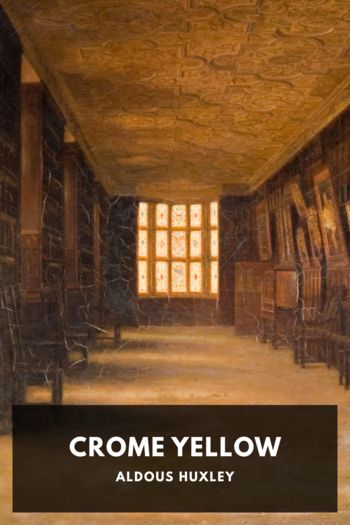
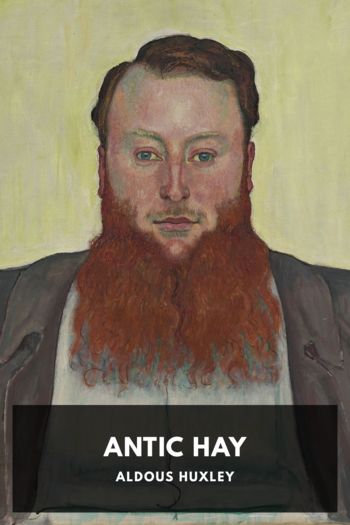
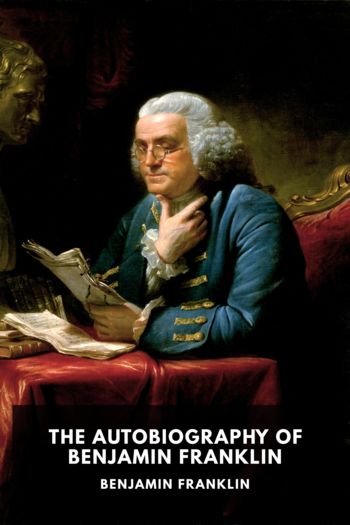
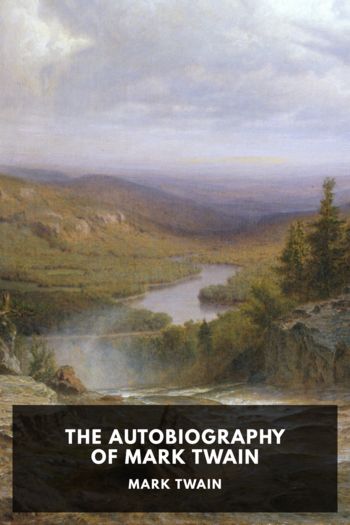

Comments (0)